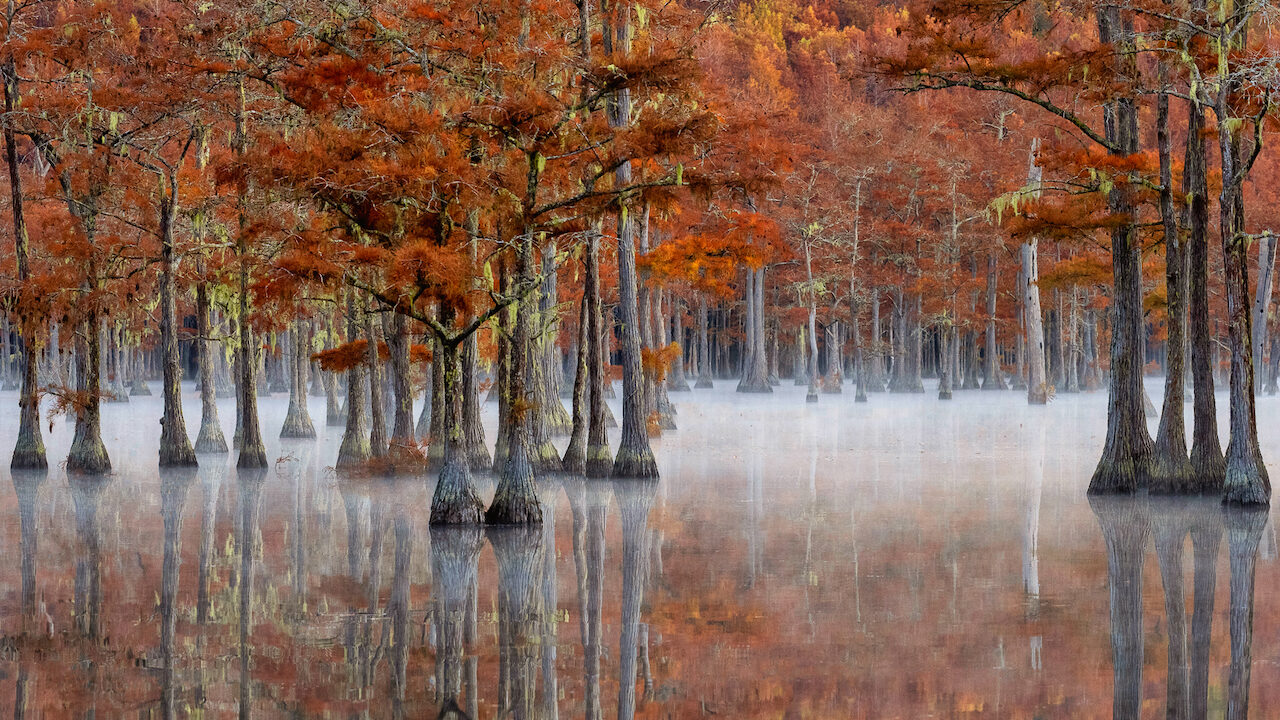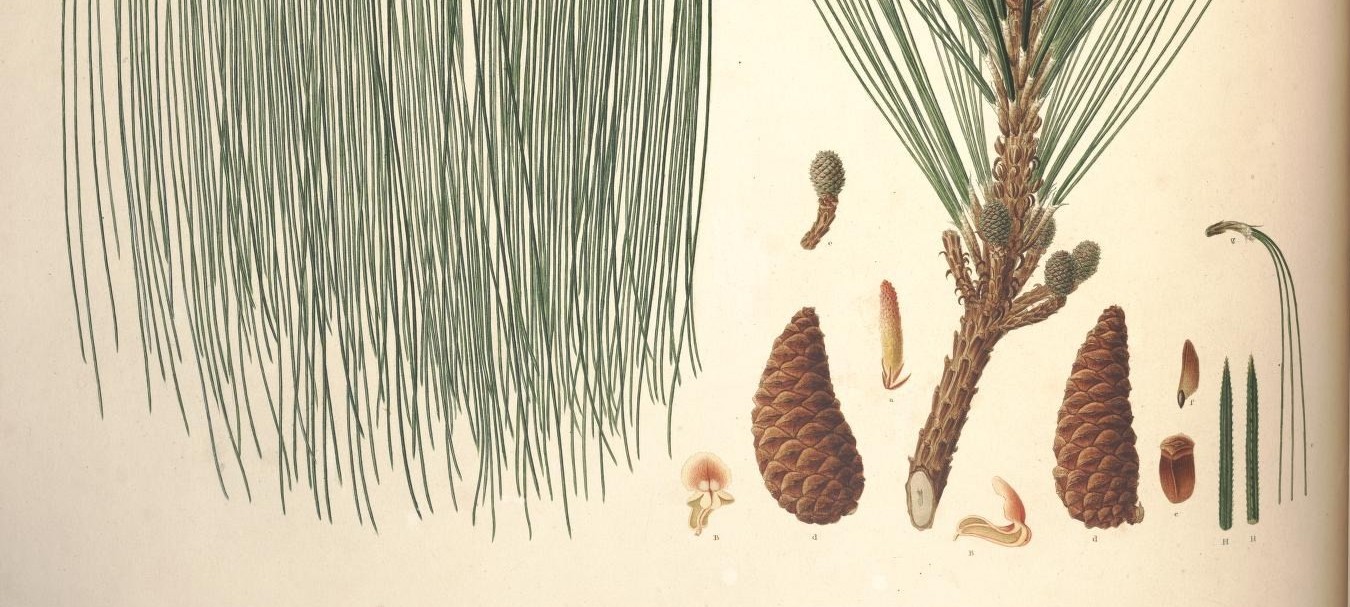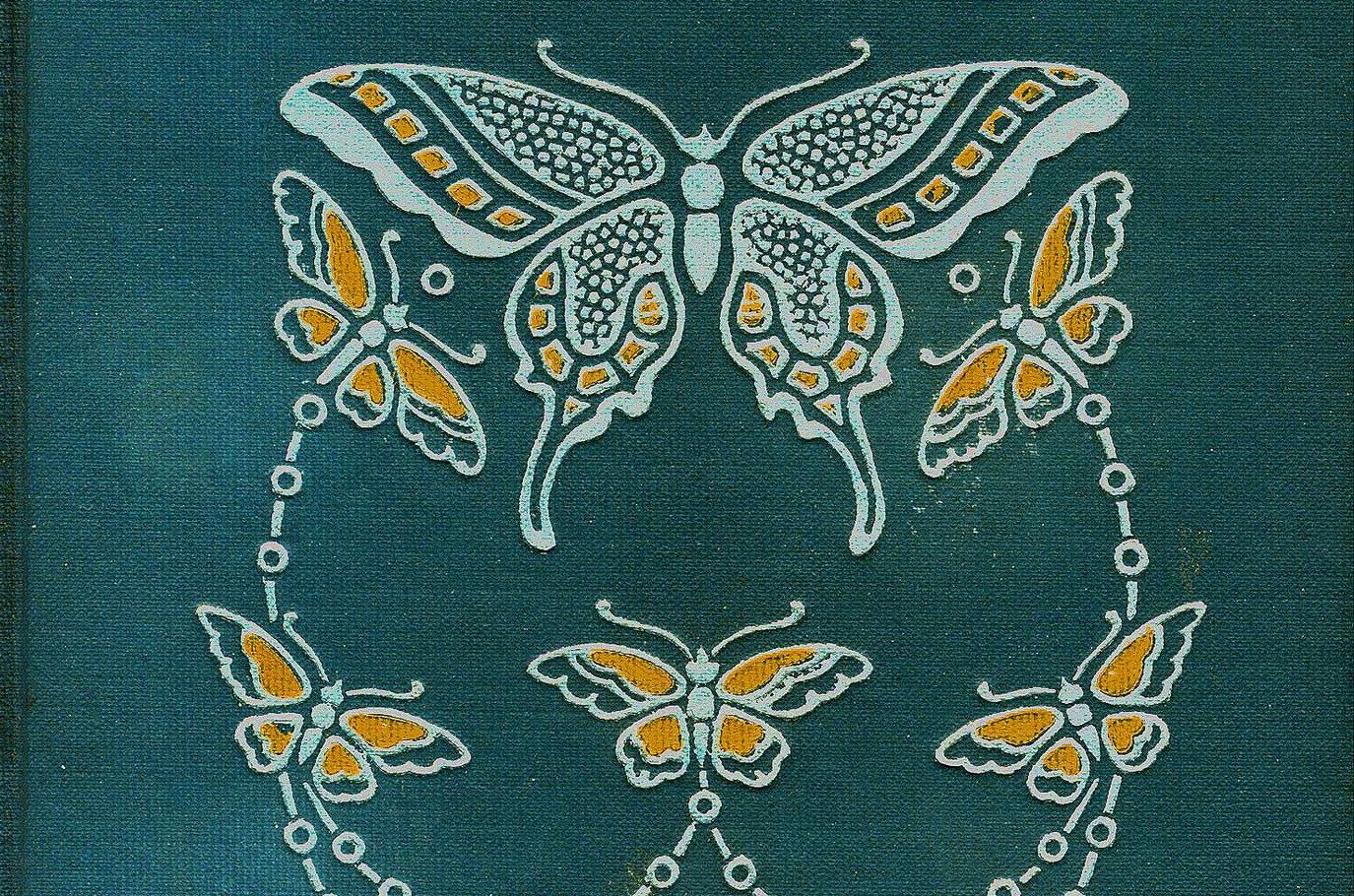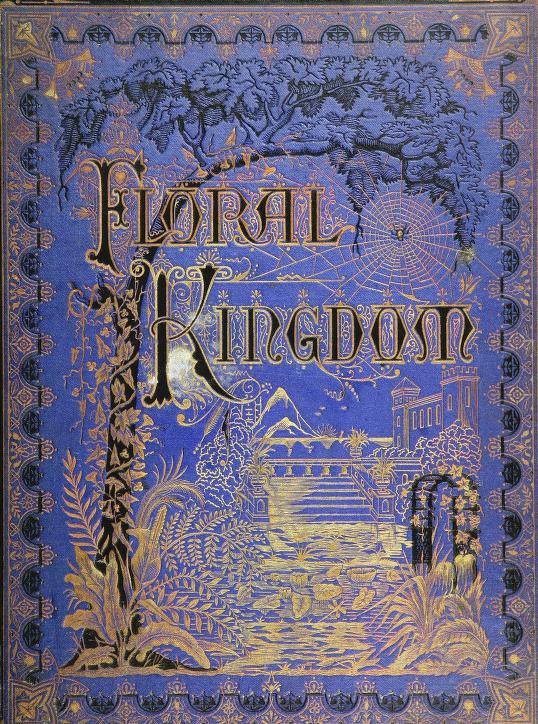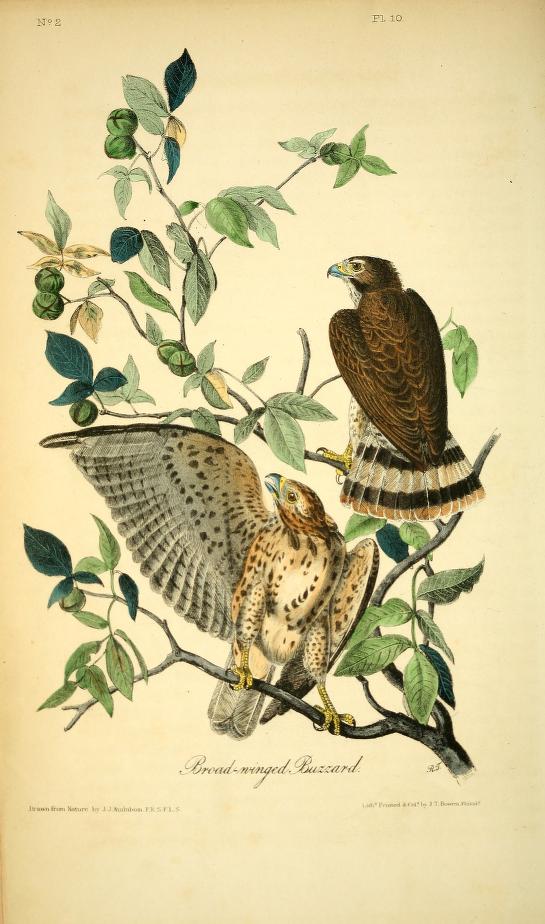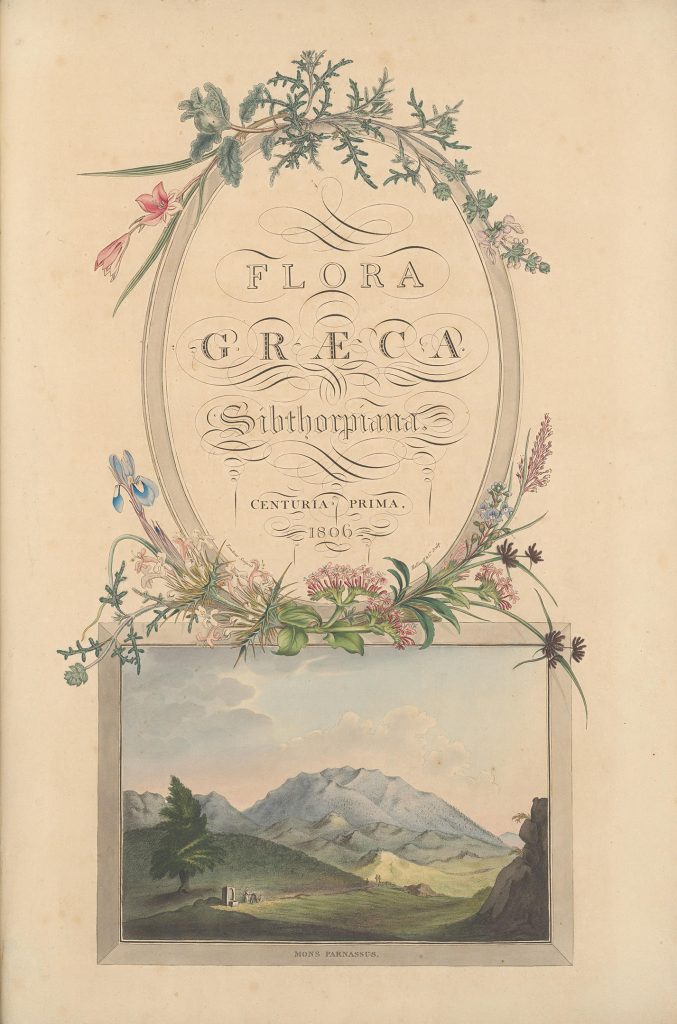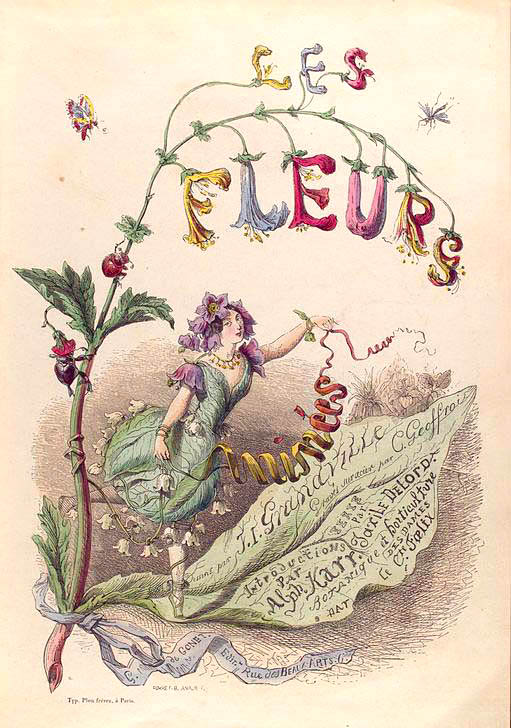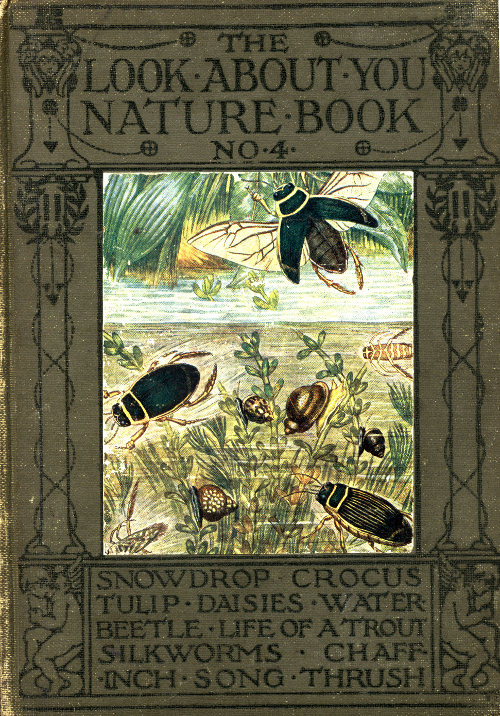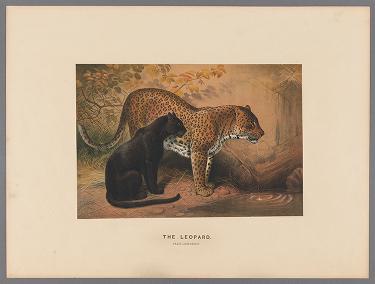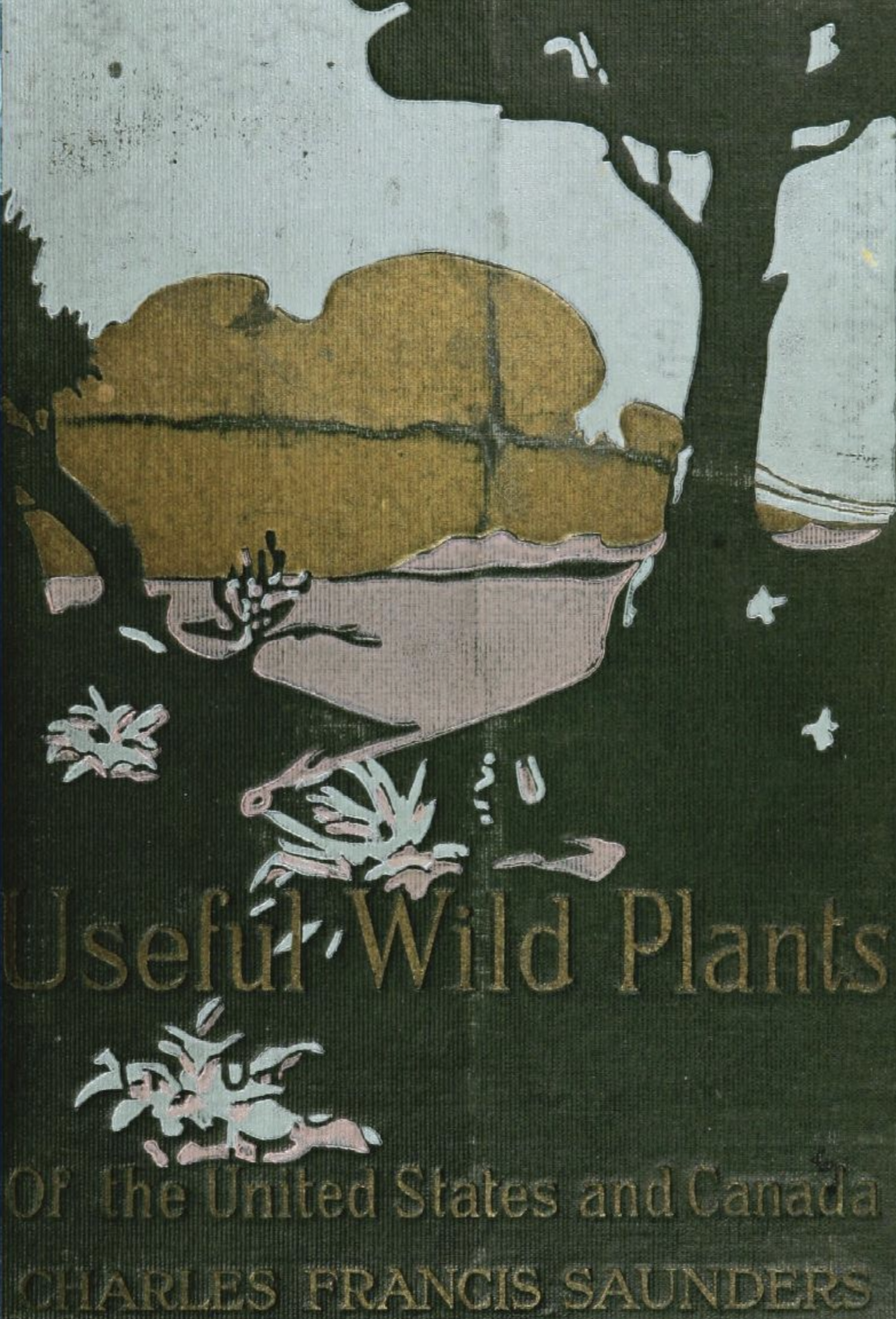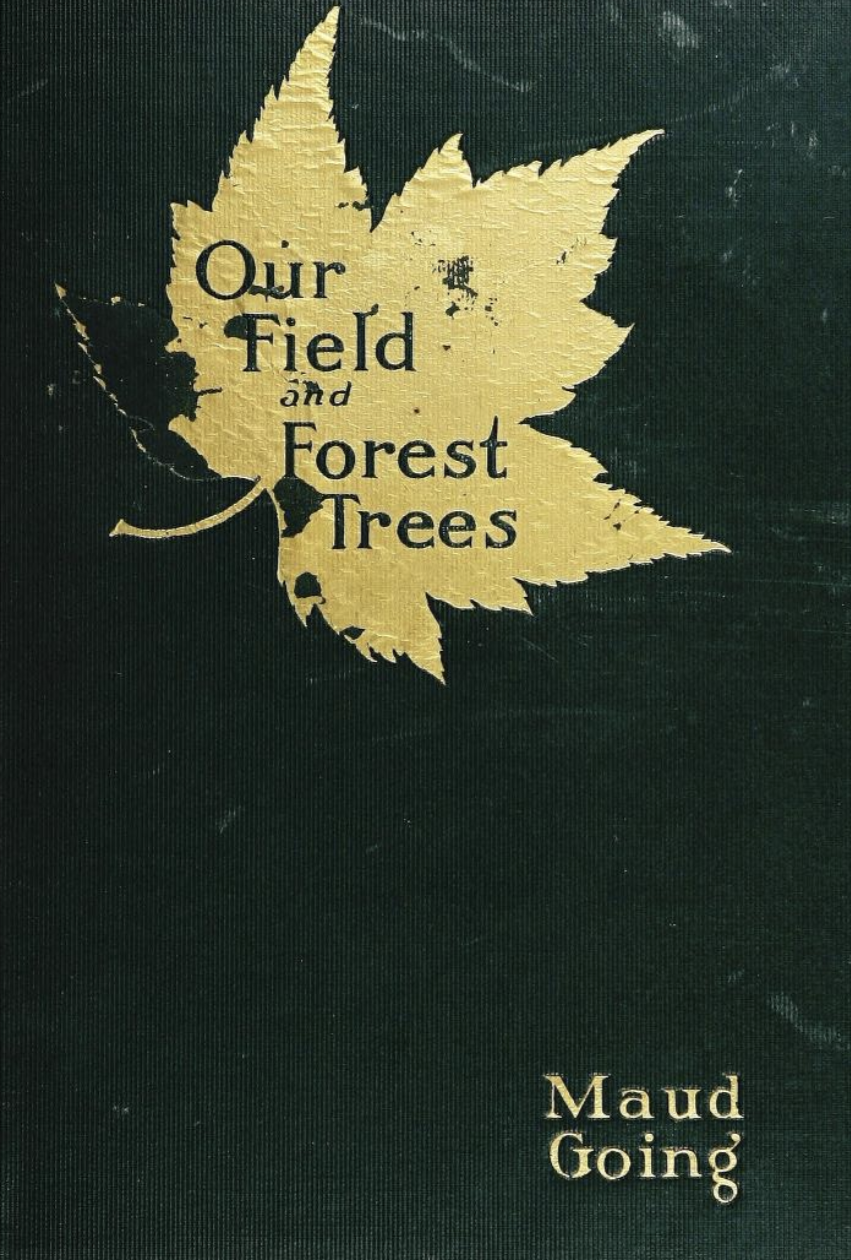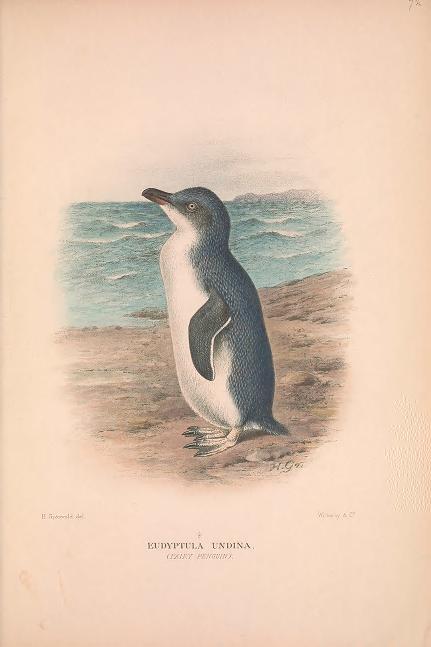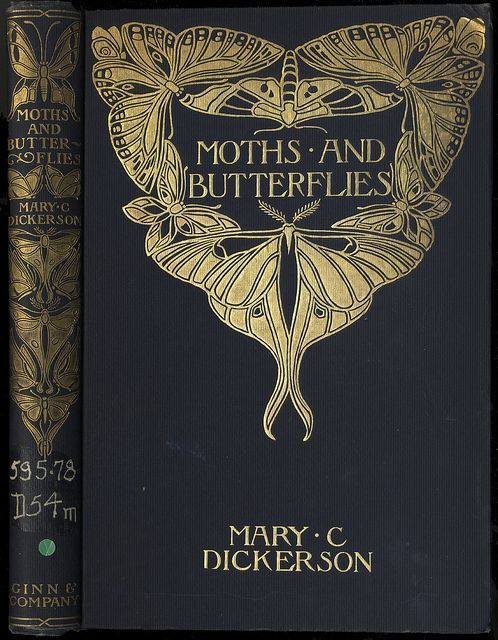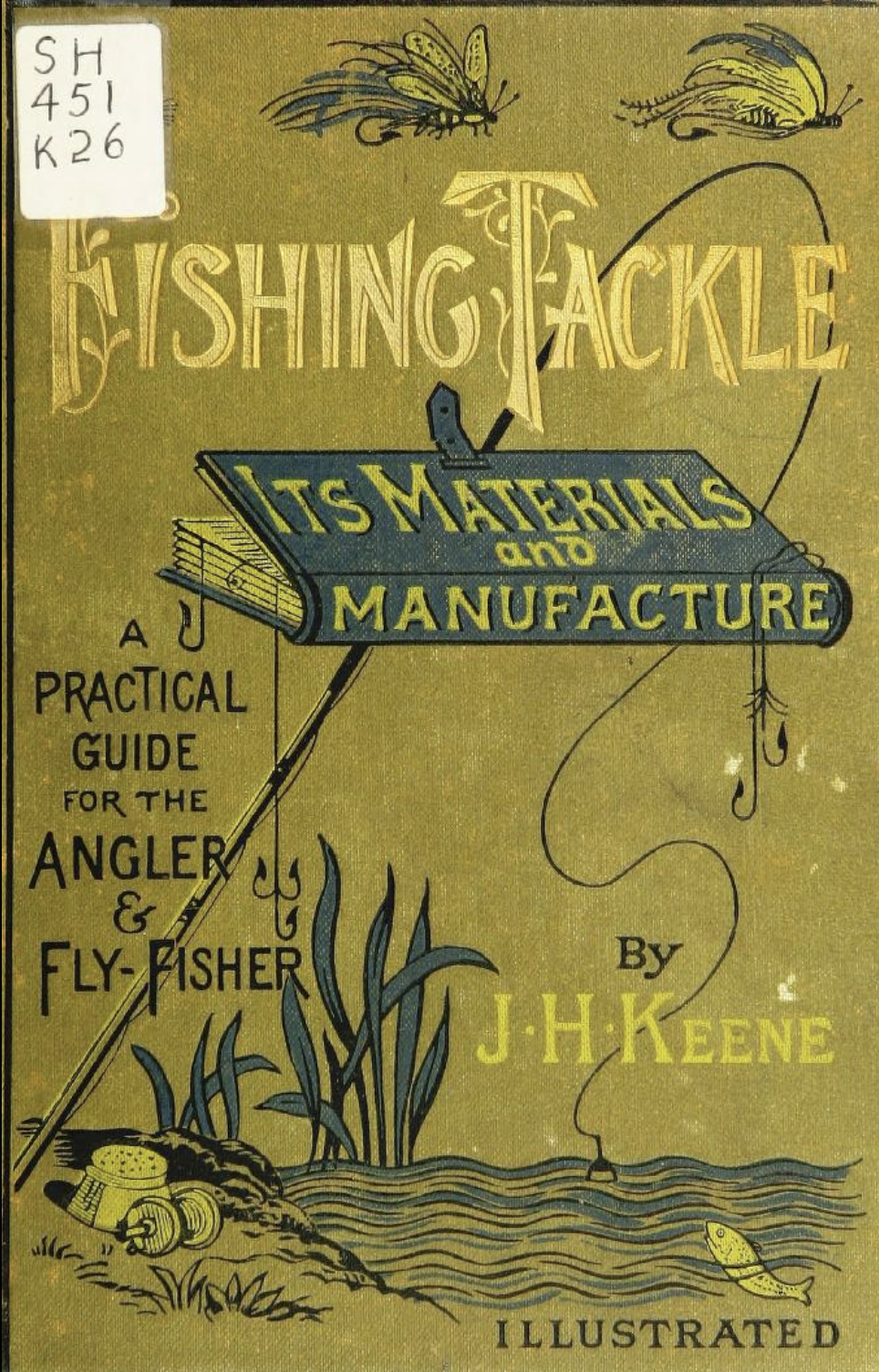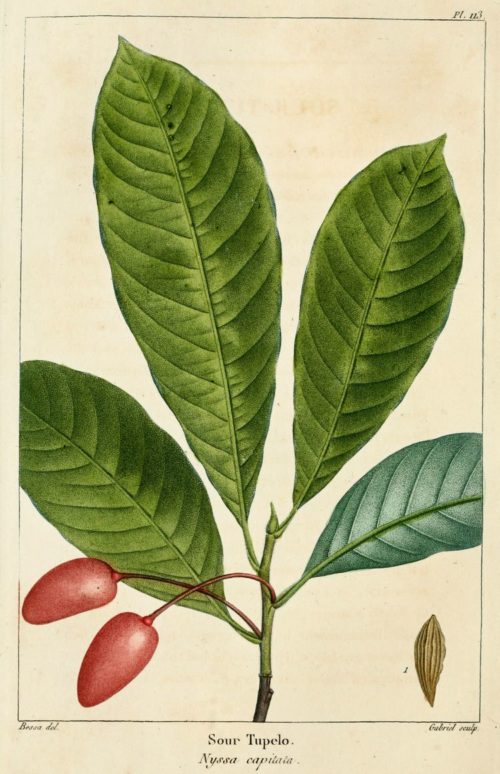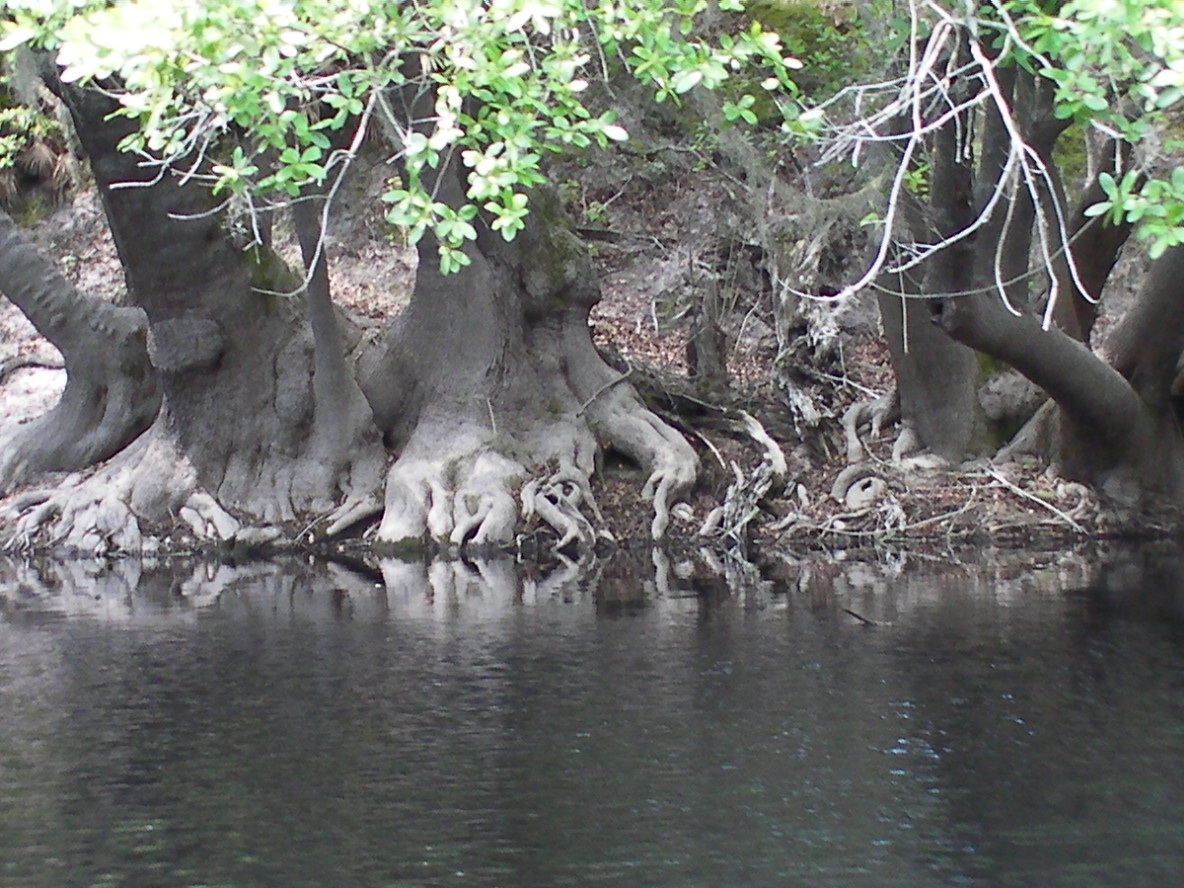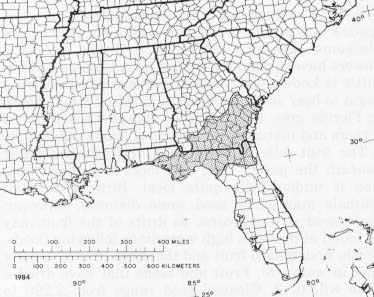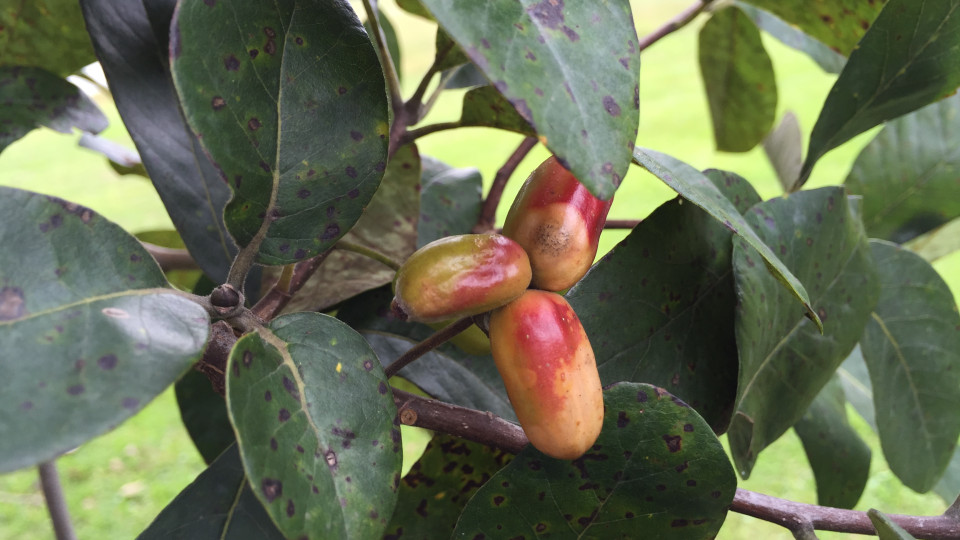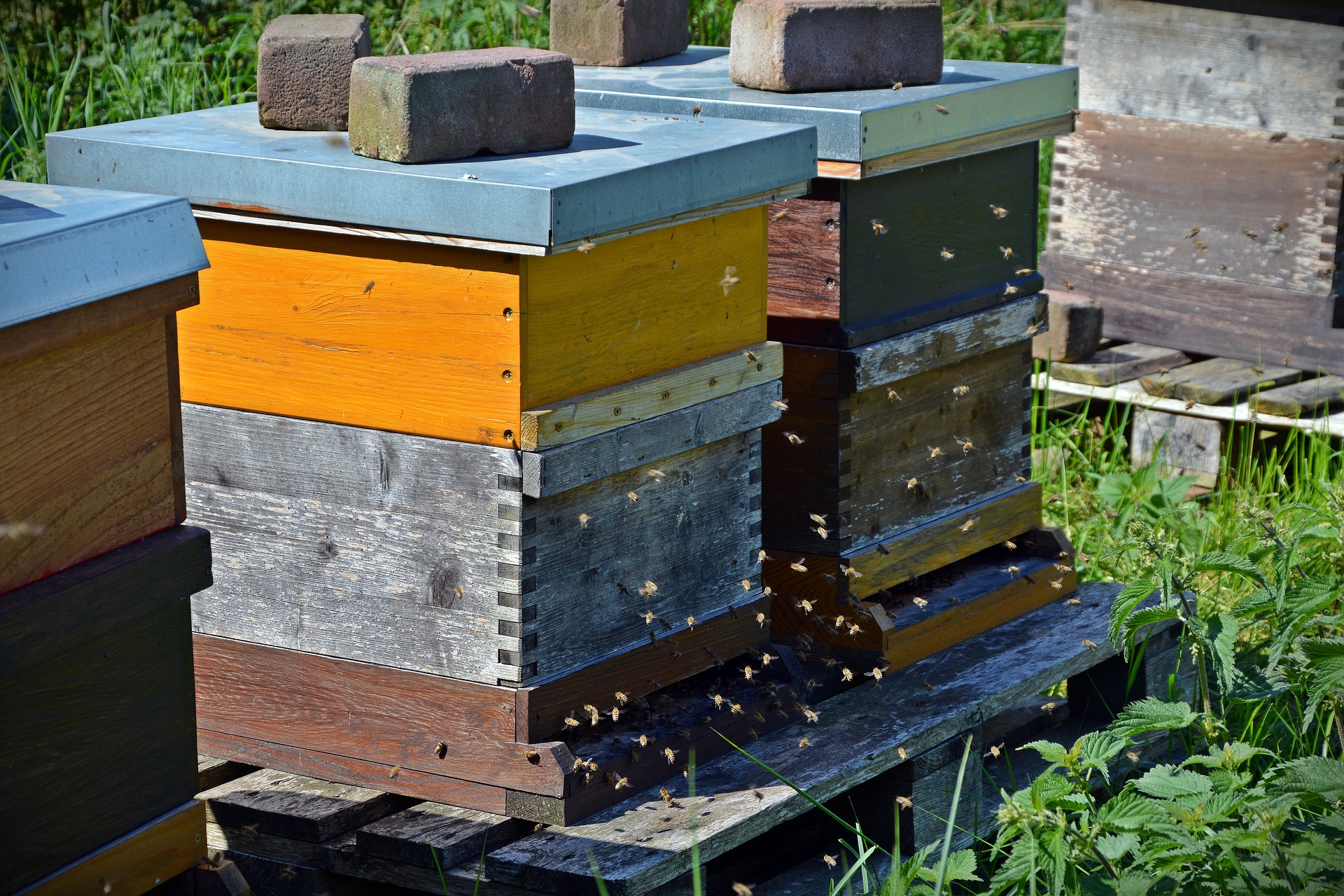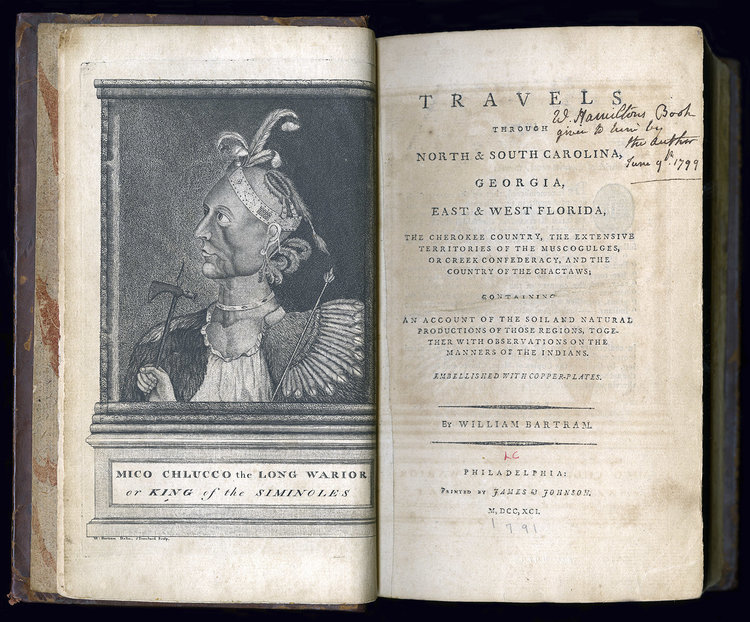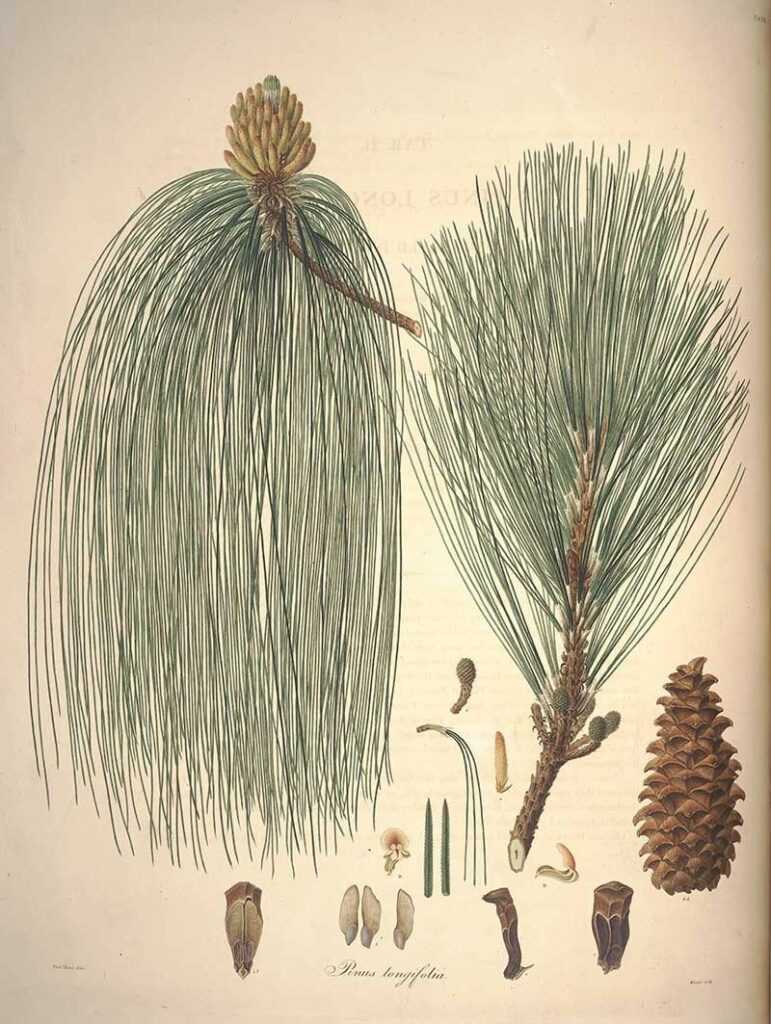
Vocabulary:
Adaptation – How a species changes over time to help it survive in its environment
Canopy – Tallest trees in a forest; also includes animals living in that level
Decomposition – The breakdown process of organic matter through decay, rotting, animal feces
Ecology – The study of relationships between organisms and their environment
Habitat – The environment in which a species typically lives and eats
Pioneer Species – The first species to enter a new habitat
Succession – Change in different species and their community over time
Symbiosis – A biological relationship between two species
Understory – Trees and plants that live below the main canopy level of a forest
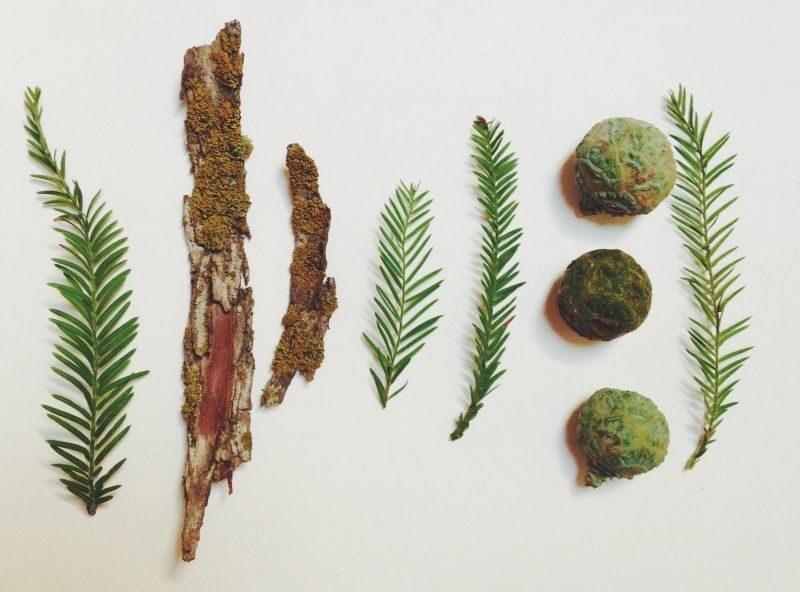
Activity:
Go outside and find a tree in your backyard, school playground, community park, etc. Once you pick your tree, look at the different characteristics (leaf shape, size, color; bark; height, trunk width; etc.) and identify your tree.
Once you identify your tree, take note of its habitat. Does it like shade or sun? Does it grow near the water? Is it the tallest tree around or is it in the understory? Do you notice any animals or insects on, or around, your tree? Write down as many details about your tree’s habitat as you can. Take some photos or make a drawing / painting / collage of your tree.
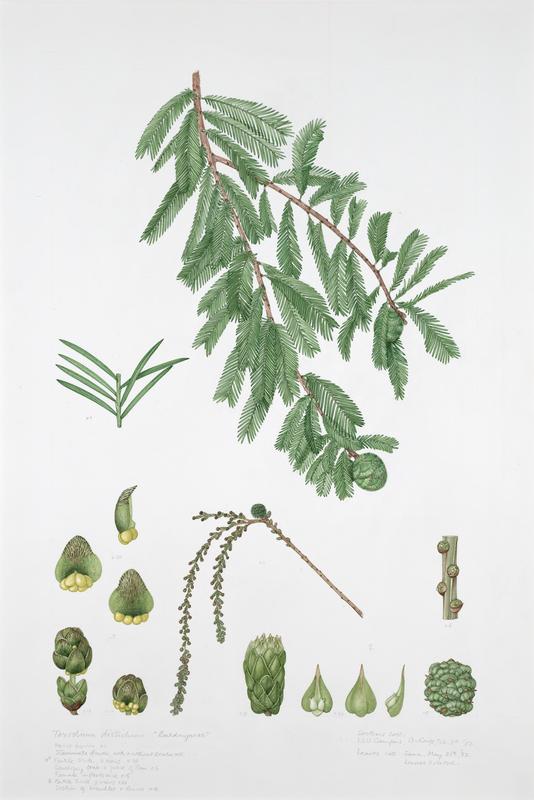
Next, do some research (computer or library) to find out more about your tree. Write a short story about your tree and include everything you saw and read about it. Include a picture of your tree or your artistic representation and send it to us: info@ogeecheeriverkeeper.org
One submission will be chosen to be featured on our social media!
If you need help with identifying your tree for this activity:
Arbor Day tree identification | LeafSnap App
or email a photo of your tree or leaf to melanie@ogeecheeriverkeeper.org
Activity can be done in combination with Project Learning Tree activity “We All Need Trees,” which can be adapted for PreK-6 grade in Science, Visual Arts & Language Arts.
Activity is open to all ages and was adapted from Rock Eagle 4-H Center Education Program Curriculum. It meets the needs or can be combined with other activities for the following Georgia Standards of Excellence in Science.
- S3L1. Obtain, evaluate, and communicate information about the similarities and differences between plants, animals, and habitats found within geographic regions (Blue Ridge Mountains, Piedmont, Coastal Plains, Valley and Ridge, and Appalachian Plateau) of Georgia.
- S4L1. Obtain, evaluate, and communicate information about the roles of organisms and the flow of energy within an ecosystem.
- SBO1. Obtain, evaluate, and communicate information to analyze the nature of the relationships between plant morphological structures and anatomical structures, functions, and processes.
- SBO2. Obtain, evaluate, and communicate information to delineate the plant divisions based on current plant phylogenetic and taxonomic principles.
